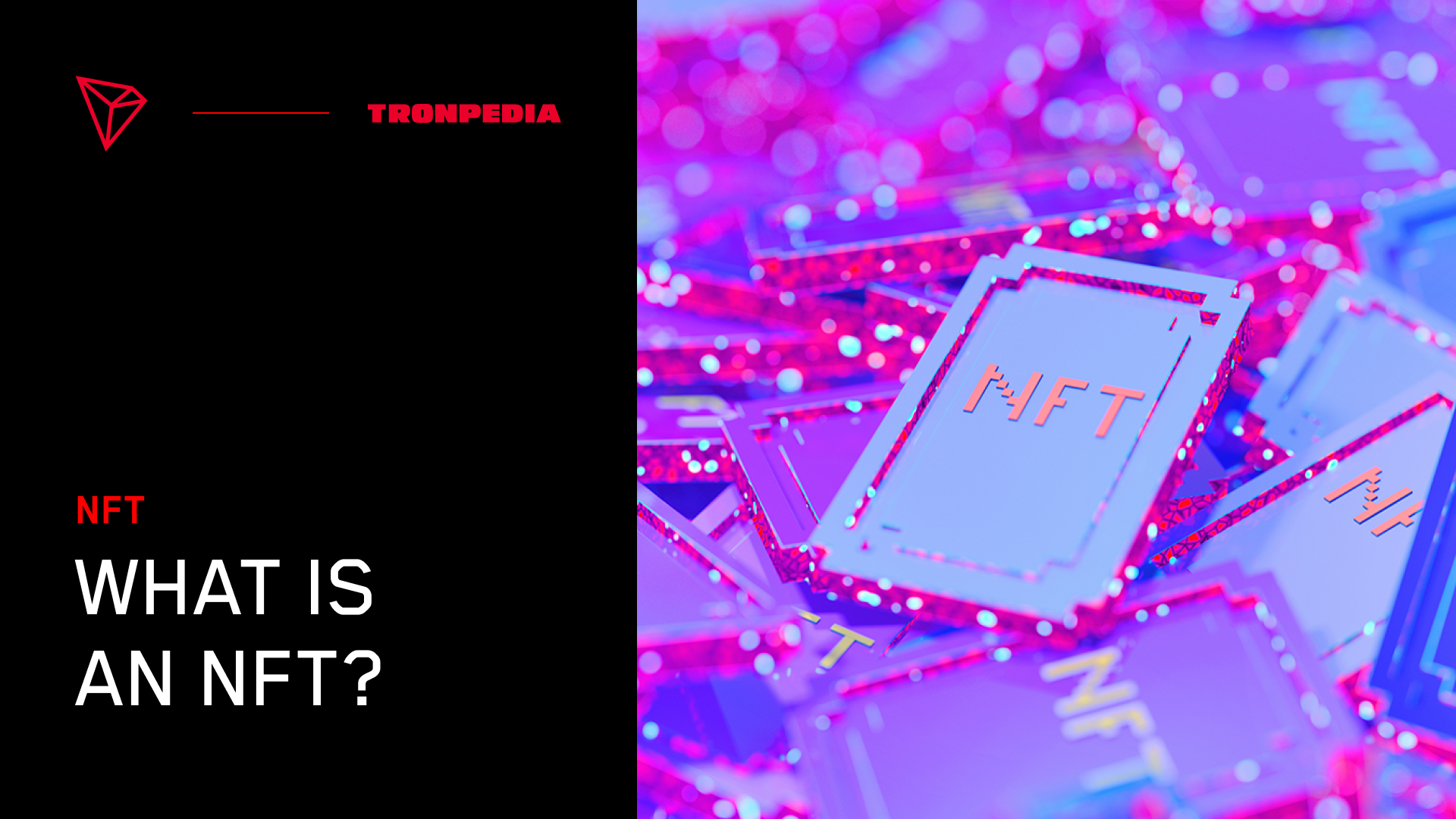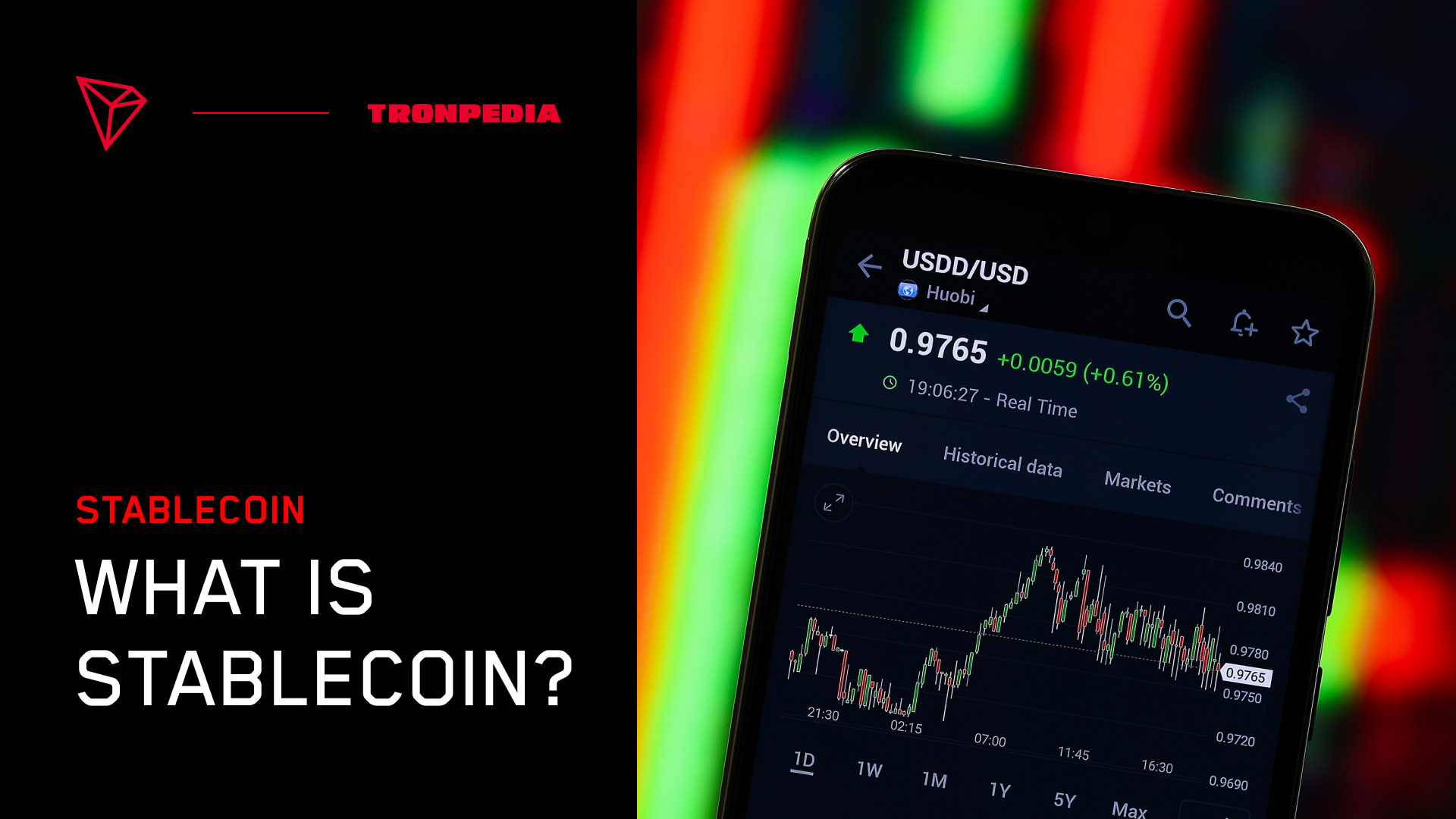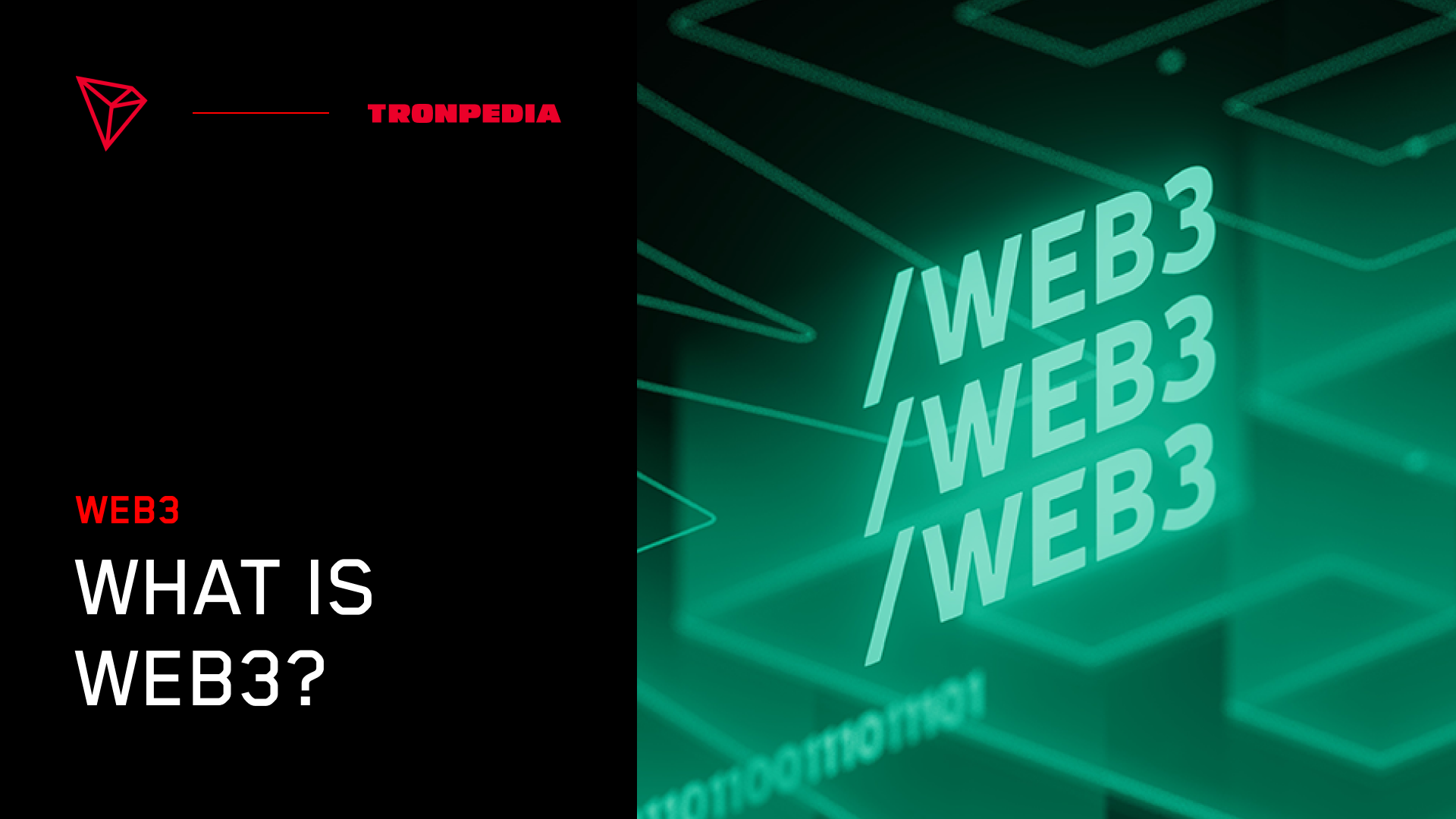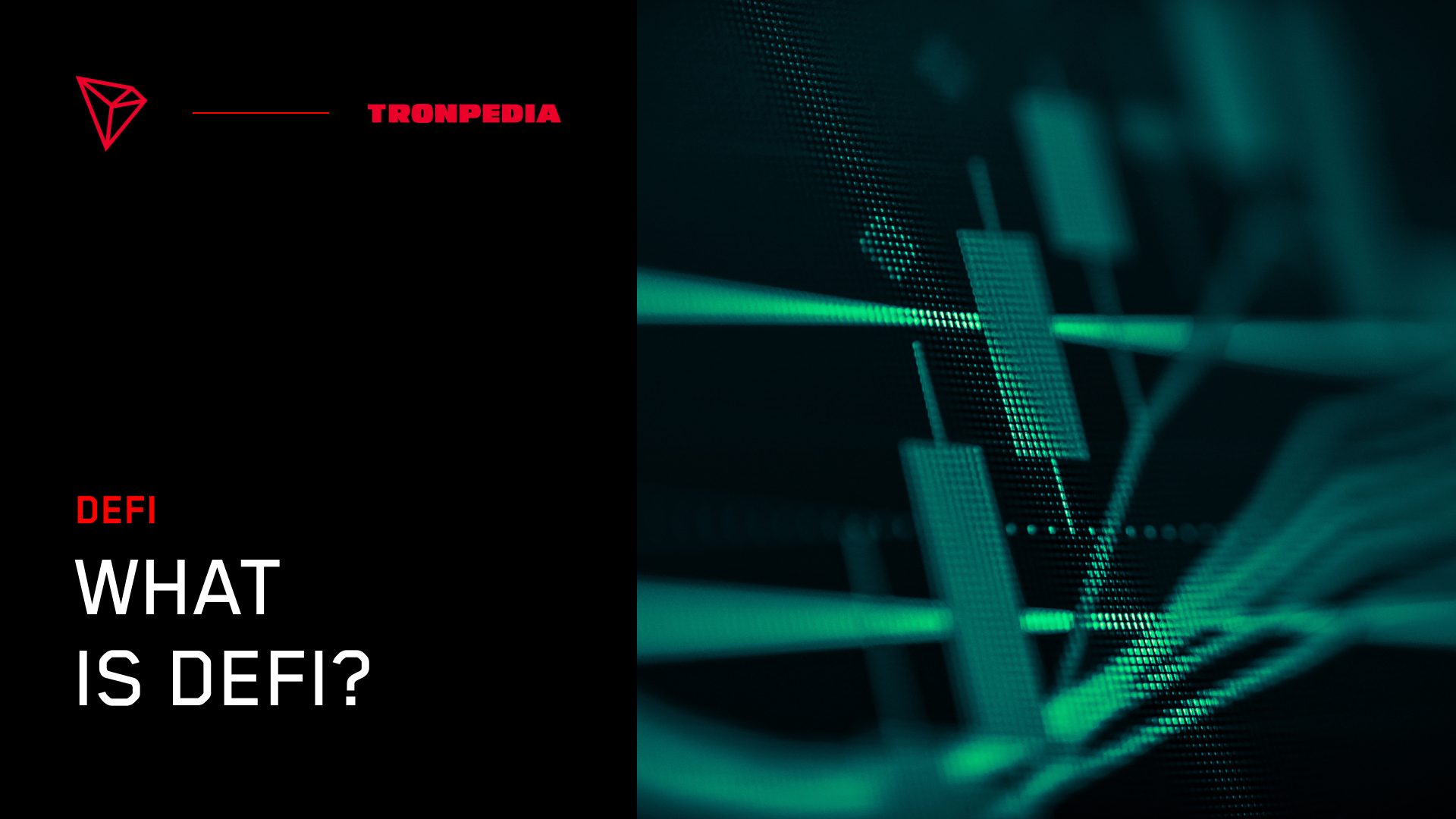Introduction to NFTs
Non-Fungible Tokens, commonly referred to as NFTs, have taken popular culture by storm. In 2021, NFT sales were in the billions, marking a near 38,000% YoY (year-over-year) increase from 2020, according to a DappRadar report. Despite the fact over 80% of Americans have heard the term “NFT” thrown around, just 16% claim they understand what an NFT is and how the technology works.
NFT Basics
The term “NFT” stands for “Non-Fungible Token.” A “fungible” asset is something that can be easily exchanged for a different asset in its class and still hold the same value. For example, if I loaned you a $10 bill and asked you to pay me back one week later, I would not expect you to give me the same exact $10 bill I gave you. Everyone agrees that any $10 bill is “worth” a corresponding amount of Dollars, Euros, Pesos, or Yen. This is despite the fact that your $10 bill would have a different serial code and is, in it of itself, a completely different item.
On the other hand, a non-fungible asset means it cannot be easily substituted for another asset in its asset class and hold the same value. Non-fungible assets include art, houses, and family heirlooms. Non-fungible assets are unique and not easily replaced with something else. For example, if I gave you a vinyl record of the Beatles album “Revolver” and asked you to give it back to me one week later, I would be upset if you gave me a vinyl copy of “Abbey Road.” Non-fungible assets are not interchangeable with other similar items.
The term “token” in “Non-Fungible Token” refers to the asset’s digital certificate of authenticity stored on a secure, distributed database. This database is called a blockchain. The blockchain is essentially a public digital ledger that records transactions of digital assets. All changes are made publicly, and there are thousands of computers validating the authenticities of these transactions at once.
Think of an NFT as a completely unique, or one-of-a-kind, authenticated digital file. These files can take the form of pictures, videos, audio, and more. The NFT itself is a blockchain record that stores the information of a particular digital file. You can publicly access information about this file on the blockchain, such as who published, or “minted,” the NFT on the blockchain, who had previously owned it, how much they paid for it, and more.
What Does a Blockchain Ledger Look Like?

Above is APENFT’s transaction history, which has been publicly posted on the TRON blockchain. It includes data such as: which wallet sent the NFT, which wallet received it, how much they paid for it, and when they sent it.
Attaching Utility
Since NFTs are completely unique and impossible to duplicate, you can attach tangible items and utility to them. For example, you can buy an NFT that grants you access to an exclusive dining club in New York City. Attaching utility to NFTs is becoming more common; for example, you can buy NFTs that grant you access to several Lamborghinis in Miami, exclusive perks at music festivals, and even the deed to a house. The ability to attach utility to an NFT is one of their most important traits.
NFTs and Fundraising
Let’s reference the music industry to understand how NFTs can be used for fundraising. Currently, most artists make virtually no money, and record labels limit their creative processes while taking a huge portion of their revenue. Spotify pays artists about $.003 for each stream, making streaming revenue trivial for most artists. Yet, creators need finances to record their music, promote their work, and find venues to perform at. Record labels invest in artists, but NFTs offer a way for fans to invest in artists.
For example, a band could sell 20 NFTs that guarantee .25% of their future streaming revenue. Assuming they have fans who believe in their work, the price of the NFT could get valued at $1,000. If so, the band would raise $20,000 by giving up just 5% of their revenue. This is compared to record labels, which usually take over half of their revenue and limit their creative control.
By using NFTs to seek investment, the band is also inadvertently hiring 20 promoters. The more people invested in the band’s future success, the more people have a motive to spread the word about how great the band is.
NFTs vs. Cryptocurrency
NFTs
- Unique
- Non-interchangeable: One NFT does not equal another NFT
- Illiquid: More difficult to sell
- Indivisible: NFTs cannot be divided into smaller units by design (unless through a separate service for co-ownership)
Crypto
- Uniform
- Interchangeable: All tokens of a currency are of equal value
- Liquid: Can be sold instantly
- Divisible: You can buy a fraction of a token



